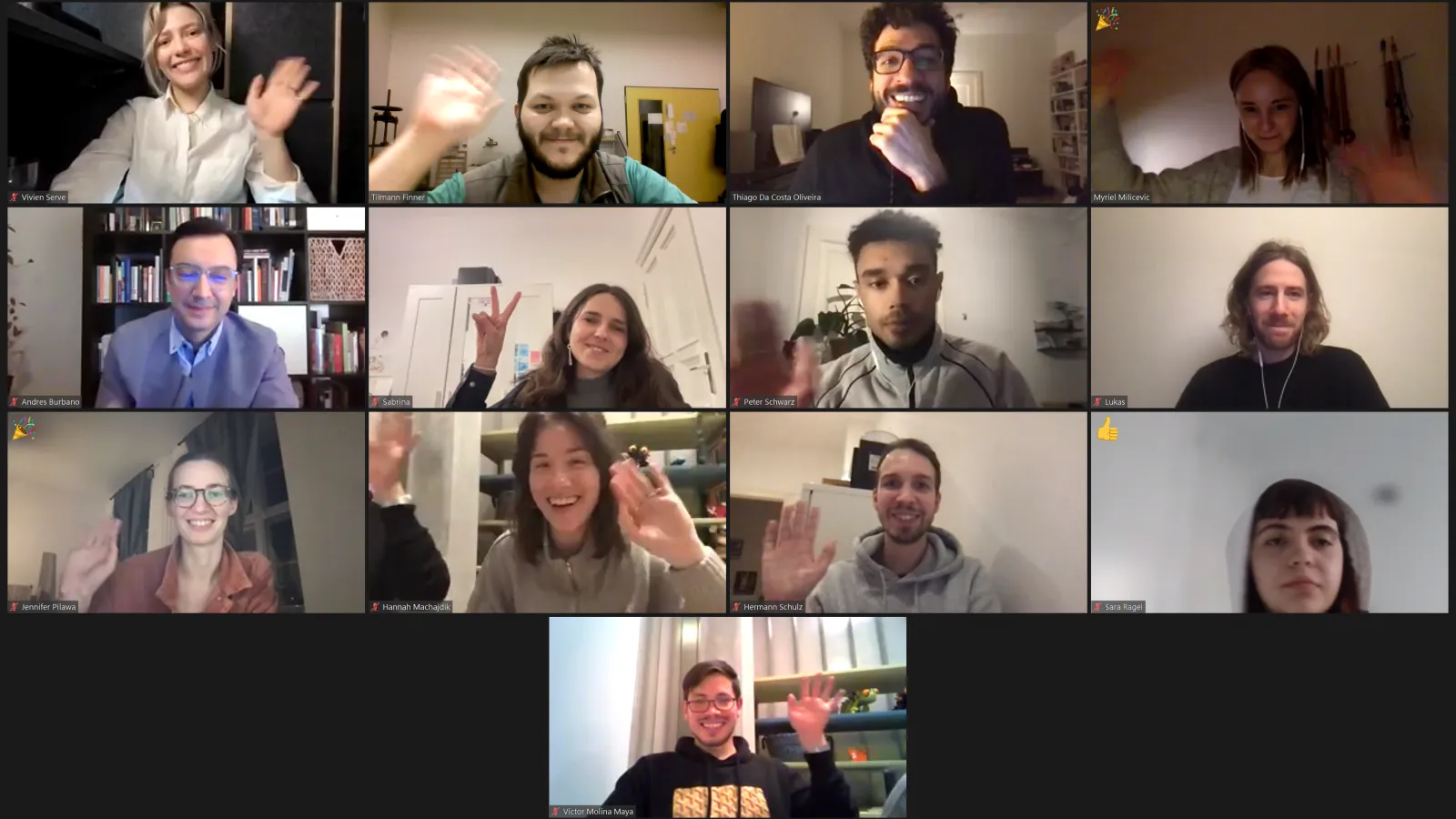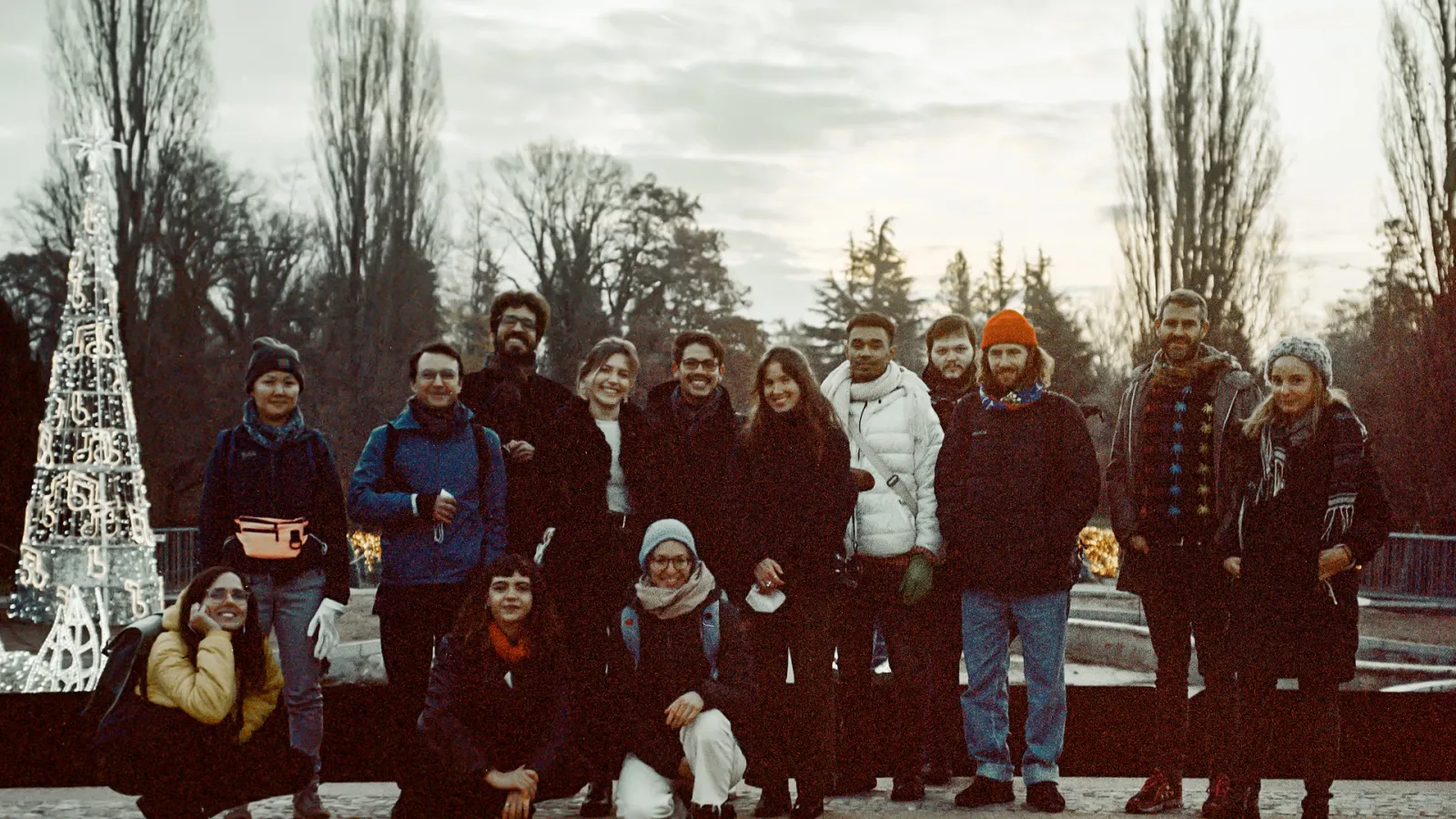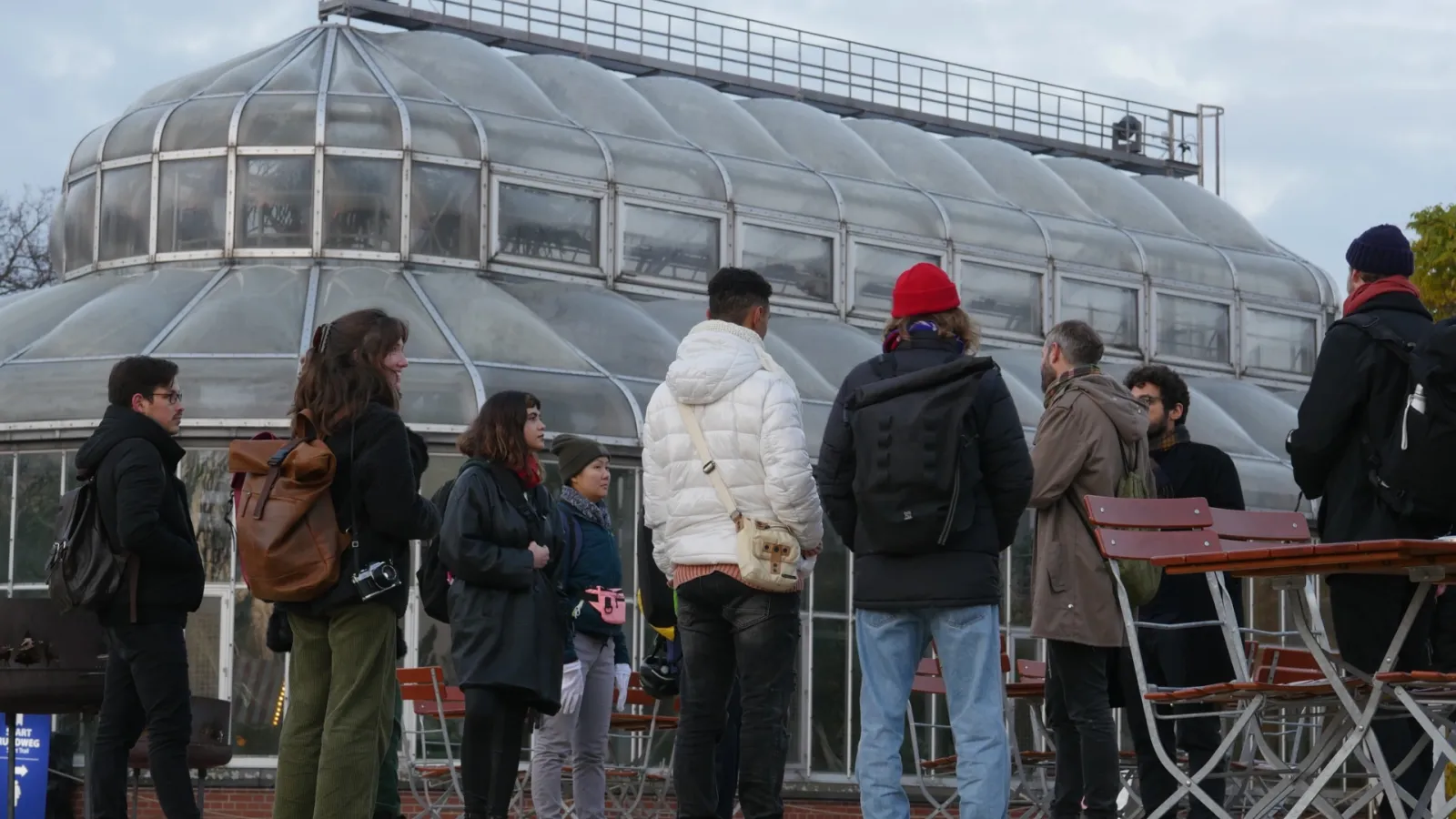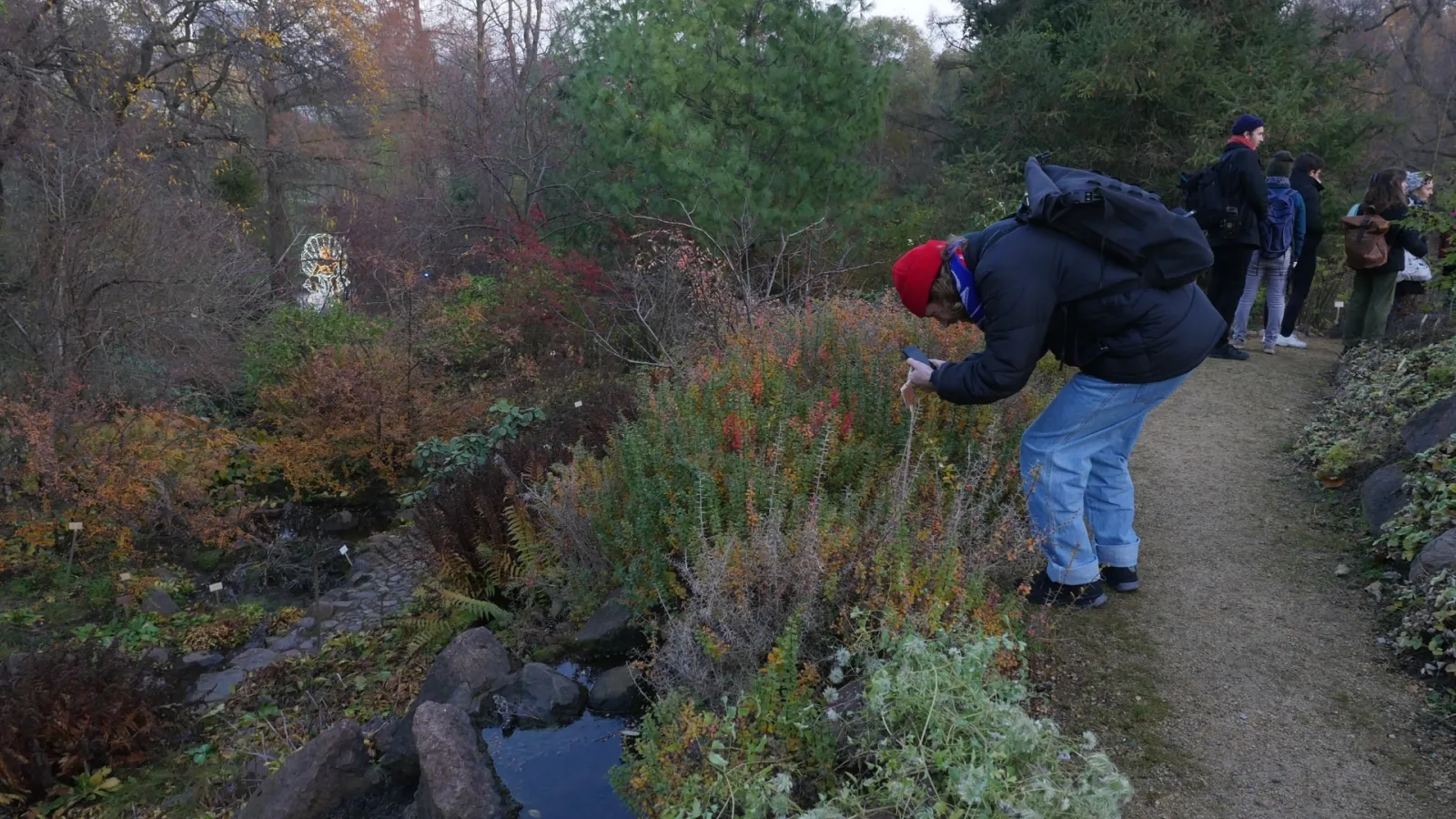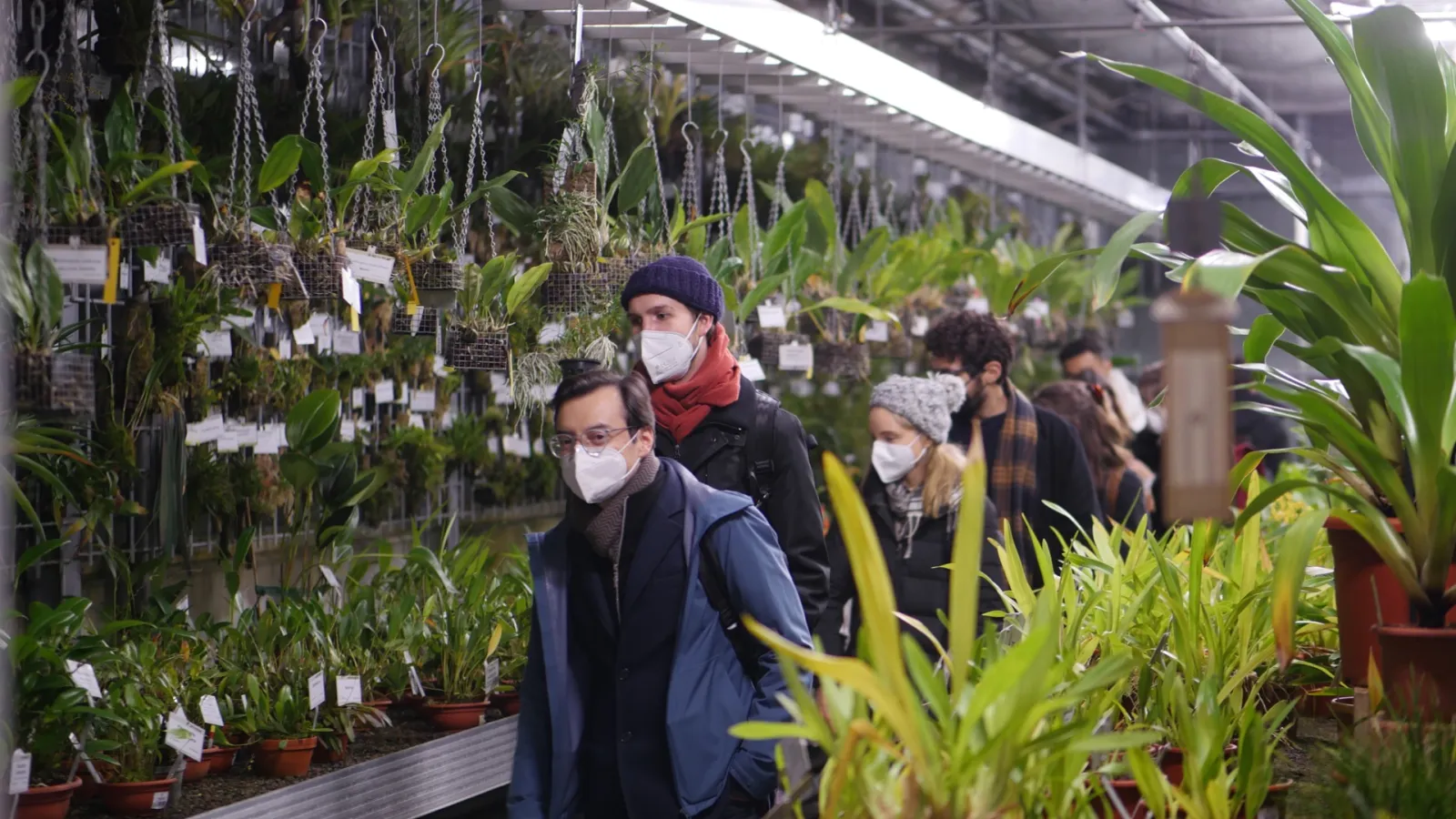Int'lFlex-Kurs "Relational Landscapes" mit Prof. Andrés Burbano
Der Gastwissenschaftler Prof. Andrés Burbano berichtet über seinen Aufenthalt in Potsdam und seine Erkenntnisse aus dem Int'lFlex-Kurs, initiiert vom Fachbereich Design.
Video-Interview mit Prof. Andrés Burbano
Im Interview erzählt Prof. Andrés Burbano von sich und seinem beruflichen Werdegang. Er schildert den Prozess und die Eindrücke des Ankommens in Potsdam. Welche Unterschiede zu seiner Heimatinstitution konnte er feststellen? Wie empfand er die Lehre und Zusammenarbeit an der Fachhochschule Potsdam? Was waren Lerneffekte und Reaktionen der Studierenden auf die internationalen Einblicke, die der Kurs bot? Der Int'lFlex-Kurs wurde durch das Drittmittelprojekt "FL2@Int'lFlex - Forschungsbasiertes Lehren und Lernen im internationalen Kontext Projekt" gefördert, um die Internationalisierung der Fachhochschule Potsdam durch Kooperationen mit internationalen Partner*innen zu unterstützen.
Resümee von Prof. Andrés Burbano
The co-teaching experience has been fantastic because you get to know people with different interest. It’s been an interesting learning process on how to understand each other and create one class, or two classes in this case, that combine these interests and offer something to the students that could be exciting.
I think there is a lot of interest in what is happening in other parts of the world, in my case, Columbia. Many students are able to compare what happens in these places with what happens in Germany, but also in Asia.
I had the chance to enjoy a lot of Germany. I've been traveling quite a bit and also enjoyed a lot of the cultural diversity in Berlin and Potsdam. What I like a lot about Germany is that you can easily travel by train. I like German culture in general, for instance how people work, write and read on the train.
In the past, I think the academic worlds were more disconnected. There were different traditions in different countries within the same field. Now, despite their cultural differences, there are also new perspectives on design or any discipline that spread around the world quickly. So there is a lot of room for connections at the international level at this point. We need to take advantage of that. The students are at hunger, they grew up with information spreading around the world very quickly and education needs to adapt to that.
What I would say to students of design here or in any place is that we are crossing a very strange moment in recent human history and that there is a need for people with different perspective able to propose problems and find solutions. That is a place where designers and creative people in general have a role to play.
I'm very interested in continuing the collaboration because I think it opens up a lot of interesting opportunities for the students, but also for the professors.

